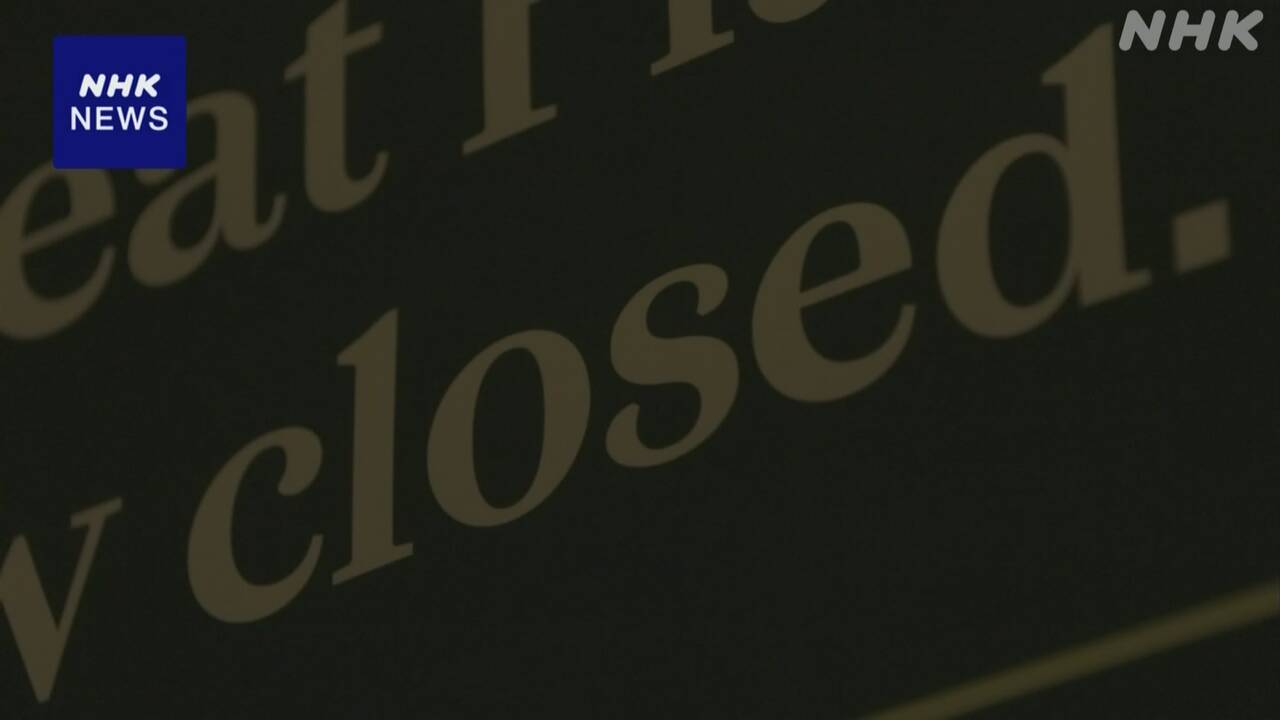Since January, there has been a growing movement in the United States to close display corners of indigenous people's burial items at museums across the country. In response to regulations to protect the rights of indigenous peoples, the museum is proceeding with procedures to return the items in its collection, saying they are ``remains of a time when indigenous values were not respected.''
In the United States, regulations to protect the rights of indigenous peoples came into effect on January 12th, requiring prior permission from indigenous peoples for museums to display the remains and burial goods of indigenous peoples.
In response to this, there is a growing movement among museums in the United States to close exhibit corners related to indigenous peoples.
Among them, the American Museum of Natural History in New York closed two exhibition halls that introduce the history and culture of indigenous peoples from the 27th.
According to the museum, the decision was made to close these halls because they contain exhibits that may require consent from indigenous peoples.
The museum says it is "a relic from a time when we did not respect the values, perspectives and humanity of indigenous peoples."
Prior to the enforcement of the regulations, the museum announced last year that it was in the process of returning some of its collection, including remains, to indigenous peoples.
In other parts of the United States, the influence is spreading, with some exhibits closed to the public at Harvard University and a museum in Chicago, Illinois.

